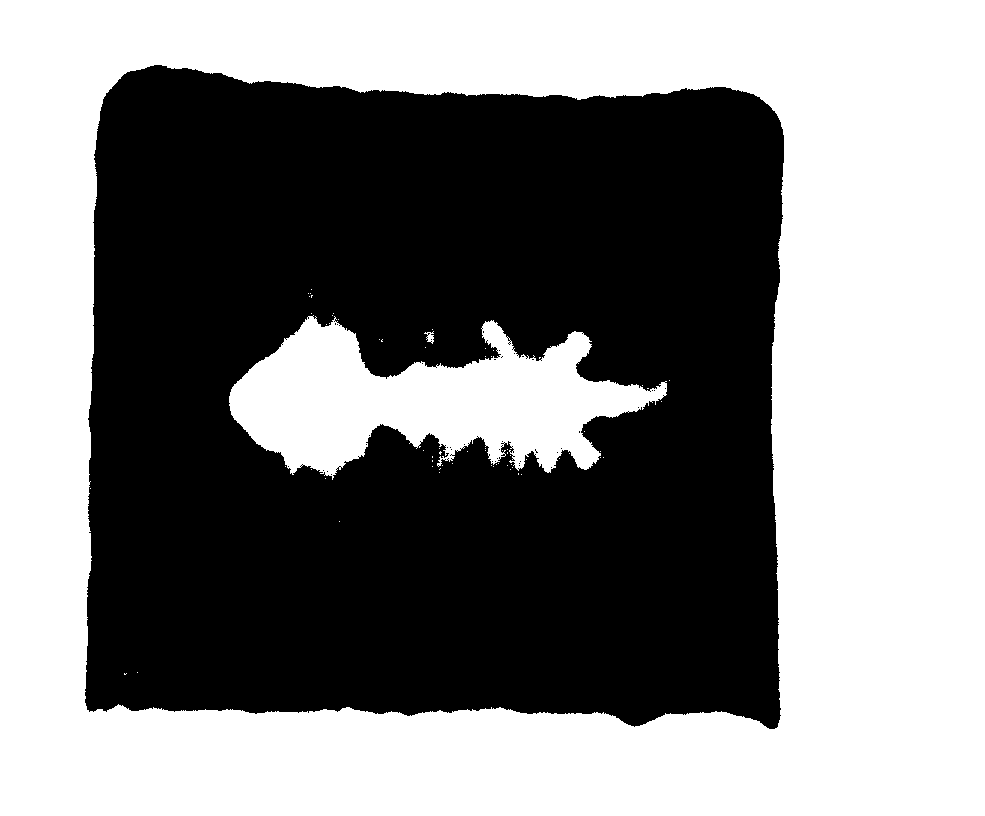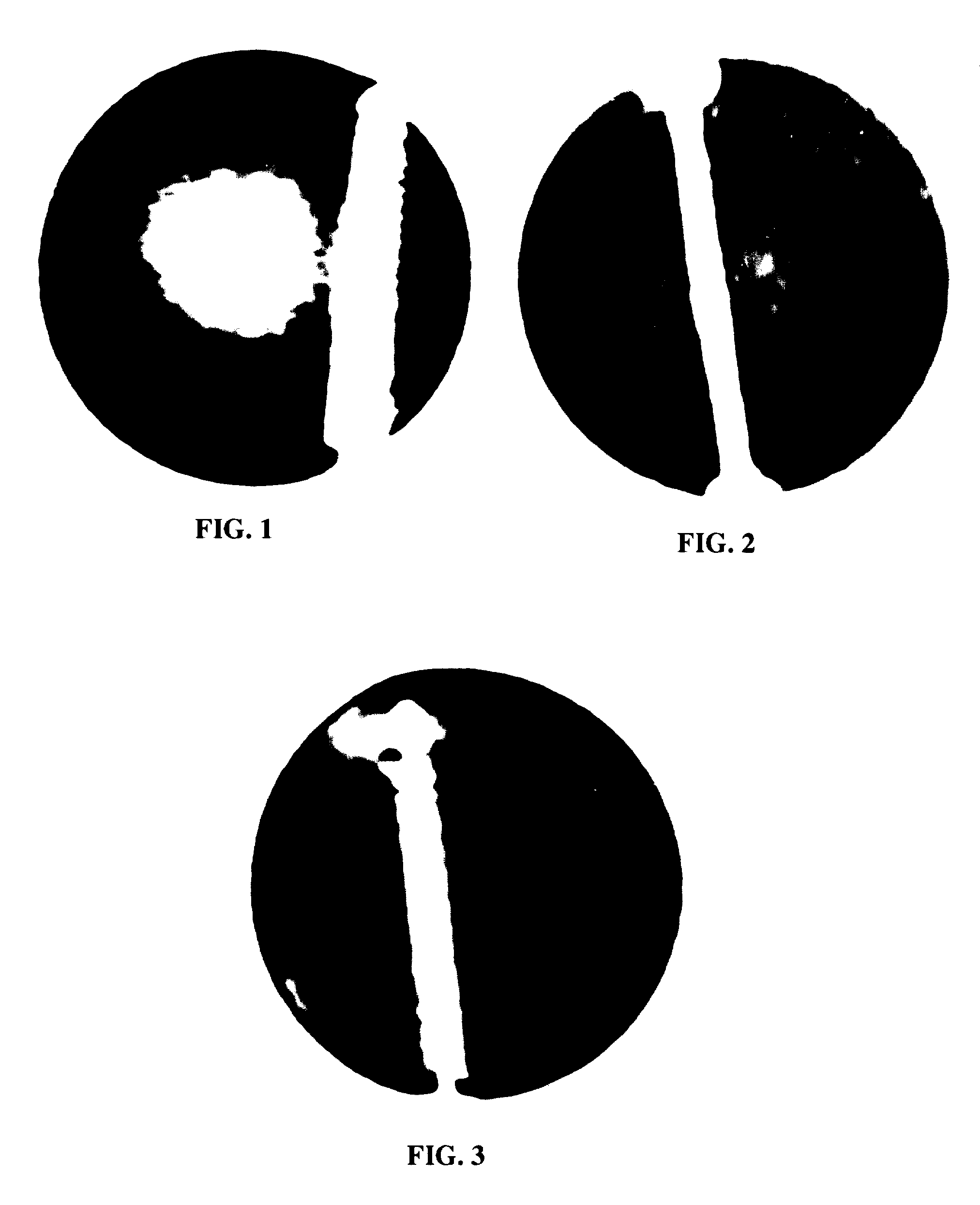Bulk metallic glass medical instruments, implants, and methods of using same
a medical instrument and metallic glass technology, applied in the field ofbulk metallic glass medical instruments and implants, can solve the problems of affecting the susceptibility of materials, affecting the mri image, so as to achieve good mri signature, reduce the modulus, and improve the effect of mri
- Summary
- Abstract
- Description
- Claims
- Application Information
AI Technical Summary
Benefits of technology
Problems solved by technology
Method used
Image
Examples
example ii
[0043] Screening tests on BAM-11 specimens performed at the Biomaterials and Orthopedic Research Department at the University of Mississippi Medical Center have shown corrosion resistance comparable to current implant materials. All specimens were wet ground with SiC paper, 80, 240, 320, 600, and 1500 grit followed by ultrasonic cleaning in distilled water for 5 min. The titanium was additionally passivated in 40% HNO3 for 30 min according to an ASTM standard. Cyclic polarization tests were conducted on triplicate samples of the alloys in Ringer's solution (9.0 g / L-NaCl, 0.42 g / L-KCl, 0.25 g / L-CaCl.sub.2). Specimens were allowed to reach an open-circuit potential (Ecorr) for a period of one hour. A potential scan increasing at a rate of 0.1667 mV / s (ASTM G5) was then initiated at 100 mV below Ecorr and continued until a current threshold of 1.times.10-2A / cm2 was reached. At this point the scan was reversed and decreased in the same rate until Ecorr was reached. The results are prese...
example iii
[0045] Alloys with composition of Zr-32.5 Cu-5 Ti-10 Al (at. %) were arc cast into a water-cooled copper mold and as cast were 99% amorphous. FIG. 3 shows an MRI image of this new alloy compared to a Cu alloy (FIG. 1) and the BAM-11 alloy (FIG. 2). It is evident that without Ni an even better MRI image is obtained. This is attributed to both removal of Nickel and the high percentage of amorphous material.
[0046] It is believed that removal of the nickel is not necessary for use of the BMGs as instruments and temporary fixation devices such as immobilizing screws. Instruments such as bone biopsy tools, scalpel blades, and the like have been fabricated by well-known, conventional techniques such as casting, machining, laser welding, grinding, and polishing.
[0047] Magnetic properties of BMGs are also of interest. One of the first commercial uses of rapidly solidified amorphous metals was the Fe--B based alloy for read-write heads and now transformer cores. The BMGs also have been found ...
PUM
| Property | Measurement | Unit |
|---|---|---|
| diameter | aaaaa | aaaaa |
| diameter | aaaaa | aaaaa |
| toughness | aaaaa | aaaaa |
Abstract
Description
Claims
Application Information
 Login to View More
Login to View More - R&D
- Intellectual Property
- Life Sciences
- Materials
- Tech Scout
- Unparalleled Data Quality
- Higher Quality Content
- 60% Fewer Hallucinations
Browse by: Latest US Patents, China's latest patents, Technical Efficacy Thesaurus, Application Domain, Technology Topic, Popular Technical Reports.
© 2025 PatSnap. All rights reserved.Legal|Privacy policy|Modern Slavery Act Transparency Statement|Sitemap|About US| Contact US: help@patsnap.com



